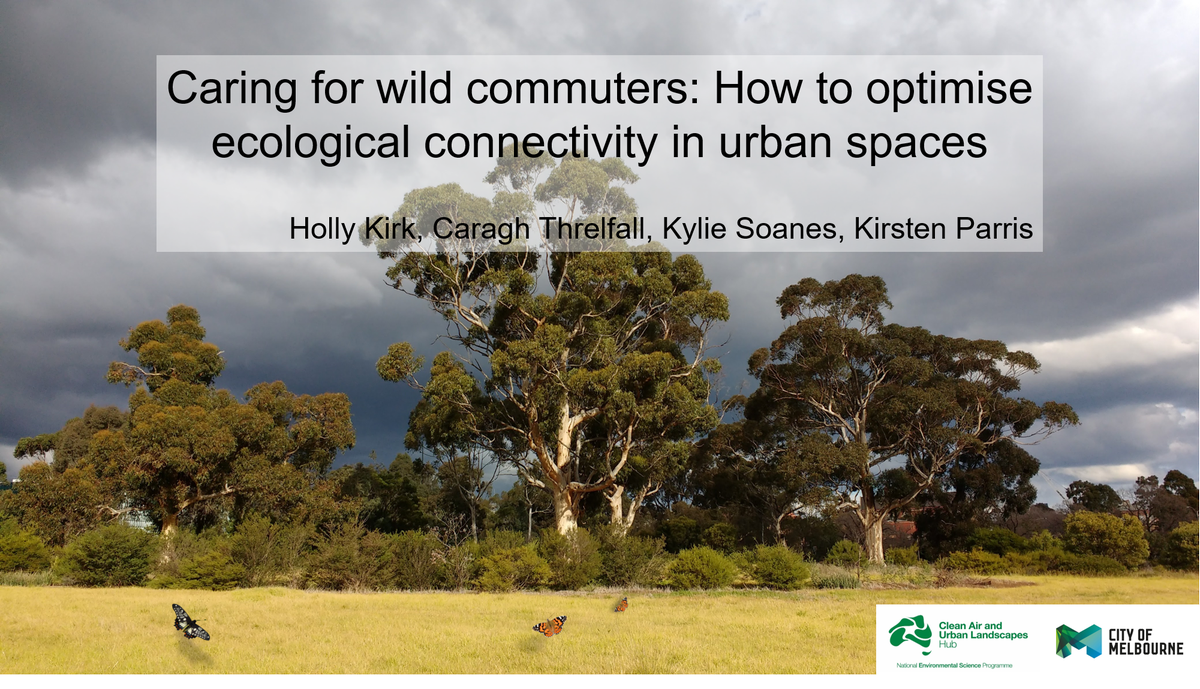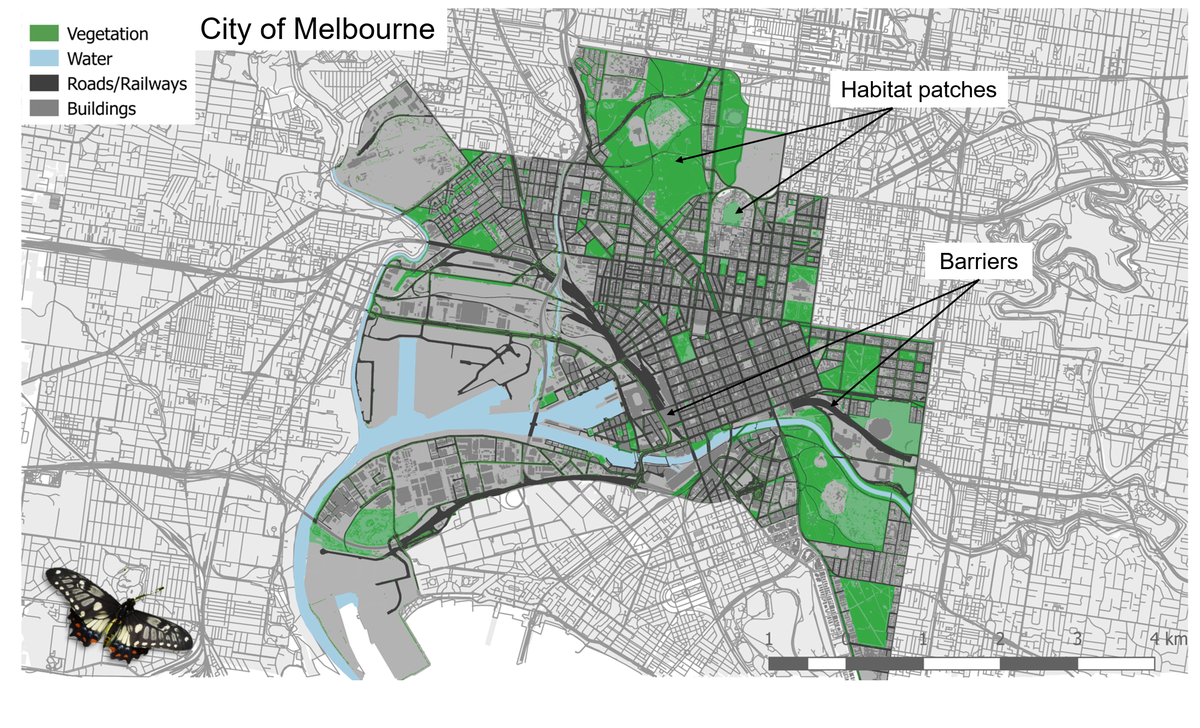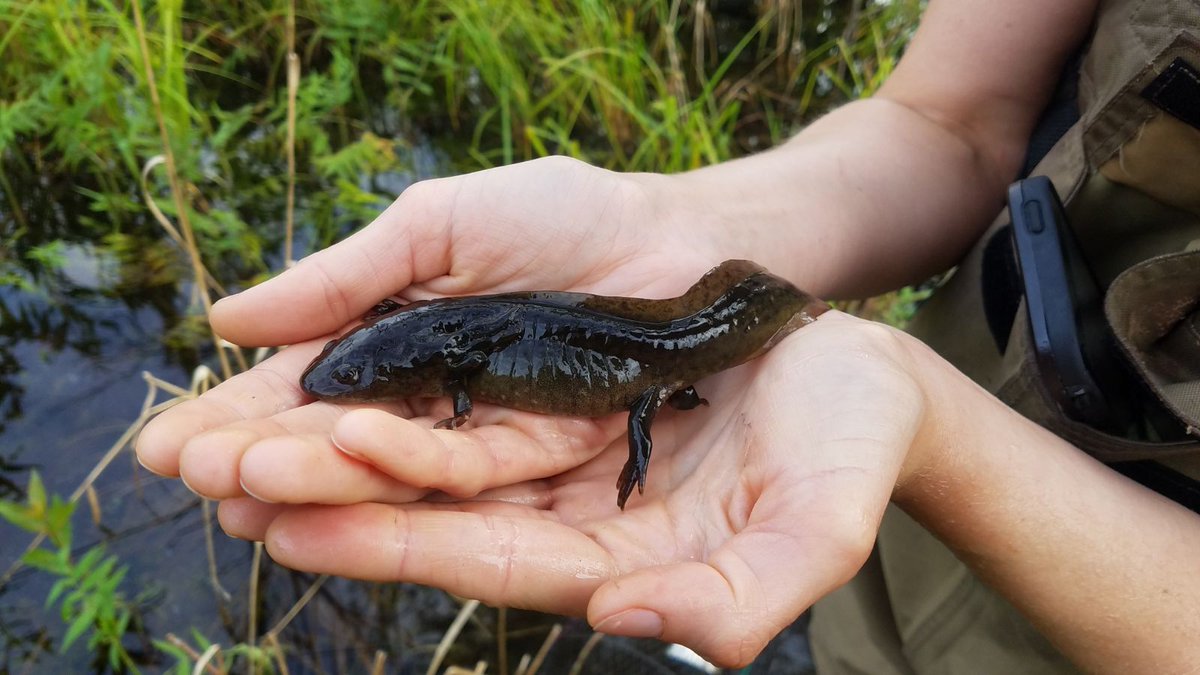Discover and read the best of Twitter Threads about #urbanecology
Most recents (11)
#UrbanEcology also plays a key role in forming and maintaining meaningful connections with nature. Maintaining these through adolescence is crucial to #conservation and tackling our environmental issues and the #BiodiversityCrisis. @NSWEducation #ScienceWeek 

Our recent research showed that primary kids in #Sydney were more connected to nature than kids in high school doi.org/10.1371/journa… Also, girls were more connected than boys, and were more likely to volunteer for #conservation.
Read more about this work, and what can be done to tackle the adolescent dip in connection with nature, here in @ConversationEDU: theconversation.com/1-in-2-primary…
#CitizenScience allows Taronga & collaborators to collate valuable ecological data over scales that would be difficult to achieve through traditional methods. Another plus? It also means that you can get directly involved in Taronga #Science! #ScienceWeek 

The #brushturkey project is a great example of this onlinelibrary.wiley.com/doi/10.1111/ae… Taronga's Dr John Martin & Dr Alicia Burns & their collaborators were finalists in the 2020 Australian Museum Eureka Prize for Innovation in #CitizenScience. Go team! #ScienceWeek 

While accolades are nice, significant ecological insights are the main outcome. These apps are a gift that keeps on giving, and recently Taronga joined forces with partners to combining them into an all new @BigCityBirds app. 

Day 4 of #ScienceWeek, and we’re following in the wingbeats of Dr John Martin (@Wingtags) from Taronga’s #ConservationScience team. Taronga’s terrestrial ecologist focuses on #UrbanEcology #CitizenScience. 

From #binchickens to dumpster-diving #cockatoos, Taronga's #UrbanEcology work is rich and varied. Take a peak at some of these collaborative #CitizenScience projects and their outcomes in today’s #ScienceWeek threads. 

Check out this clever #cockatoo research recently published in @ScienceMagazine science.sciencemag.org/content/373/65…. Here’s a great article in @GuardianAus about this #SocialLearning research theguardian.com/environment/20… @DrBarbaraKlump @LucyMAplin @BigCityBirds1 @Wingtags
Later in #ScienceWeek, we’ll be hearing from Taronga’s Terrestrial Ecologist, Dr John Martin (@Wingtags), and his collaborators’ work in #urbanecology, but his focus at the human-wildlife interface means #humanwildlifeconflict is on John’s radar too. 

The 4 #flyingfox species in mainland #Australia predominantly roost in urban areas (42–59%). And as such they are exposed to a number of threats. abc.net.au/news/science/2… .
Dr Martin’s work with @batslab, @CES_UNSW, @CSIRO on #flyingfoxes demonstrated that while they are threatened, they are not effectively conserved. publish.csiro.au/zo/ZO20086
Welcome to the inaugural #UrbanWildlifeWednesday! Today we're talking about one of my favorite urban adapters, the #Raccoon, AKA #TrashPandas!
#SciComm #ScienceTwitter #UrbanEcology
#SciComm #ScienceTwitter #UrbanEcology
#Raccoons are incredibly successful in cities, being ubiquitous across North America, and, unfortunately, successfully invading countries where they've been introduced, like Europe and Japan. 

Eco-restoration of Thazhambur Wetland
"Very often we find that passion determines eco-restoration programmes, but what is also important is the science of it" (1/n)
#wetlands #chennai #restoration
"Very often we find that passion determines eco-restoration programmes, but what is also important is the science of it" (1/n)
#wetlands #chennai #restoration
This is my first time teaching our new #online topics in #biology course for #masters students. Our focal theme this semester: #UrbanEcology & #urban #evolution.
1/4
1/4
We are on our 4th seminar & paper discussion (fascilitated by @perusall !) and some of the side-convos coming up are excellent! Like...
🏙️#CitizenScience: how to standardize, do it ethically, and communicate with the public?
(Prompted by nature.com/articles/s4200…)
2/4
🏙️#CitizenScience: how to standardize, do it ethically, and communicate with the public?
(Prompted by nature.com/articles/s4200…)
2/4
🏙️#Sex biases in the individuals studied in the lab & field. Why is it more often males of a species? What data are we missing because of that bias? 🤔
(Prompted by: onlinelibrary.wiley.com/doi/abs/10.111…)
3/4
(Prompted by: onlinelibrary.wiley.com/doi/abs/10.111…)
3/4
I am beyond thrilled to share our new paper in Science today, "The ecological and evolutionary consequences of systemic racism in urban environments". #urbanecology #BlackLivesMatter @aaas @BEcologists @BlackAFinSTEM @uwearthlab @UWEnvironment @uwtacoma science.sciencemag.org/content/early/…
Written with an awesome team of co-authors, @MaxRLambert @_kdyson @fuetra88 @DrSimoneDr @technodowser @danica_miller and Nyeema Harris, we explore in detail how government-sponsored racism and classism, through redlining, displacement, etc., impact eco-evo processes
We make a call to action to the scientific and global community alike to address, reconcile, and interrogate systemic racism, classism, sexism, Indigenous rights, etc., because these forms of structural violence are devastating the natural world washington.edu/news/2020/08/1…
1 #SCBMelb20
Biodiverse cities = healthy cities but how do we encourage wildlife to thrive?
#urbanEcology can help us decide where to prioritise resources for nature.🌿
In 2018 we showed how @cityofmelbourne can use #connectivity theory as a planning tool: tinyurl.com/y5av3uyw
Biodiverse cities = healthy cities but how do we encourage wildlife to thrive?
#urbanEcology can help us decide where to prioritise resources for nature.🌿
In 2018 we showed how @cityofmelbourne can use #connectivity theory as a planning tool: tinyurl.com/y5av3uyw

2 #SCBMelb20
All animals need to move for the same reasons as people🍔🏕️💑
But resources are fragmented across city-scapes, with barriers in between.
🗾
Ecological connectivity quantifies how easy it is for an animal to move around the landscape & where to place new connections.
All animals need to move for the same reasons as people🍔🏕️💑
But resources are fragmented across city-scapes, with barriers in between.
🗾
Ecological connectivity quantifies how easy it is for an animal to move around the landscape & where to place new connections.

3 #SCBMelb20
We use Spanowicz & Jaeger 2019 method to quantify the degree of habitat fragmentation across a landscape.
Habitat patches are connected if they are within a reasonable distance for that animal to cross, AND are not separated by a barrier. 🛣️🏫
tinyurl.com/y4kux8f3
We use Spanowicz & Jaeger 2019 method to quantify the degree of habitat fragmentation across a landscape.
Habitat patches are connected if they are within a reasonable distance for that animal to cross, AND are not separated by a barrier. 🛣️🏫
tinyurl.com/y4kux8f3
Look at this absolute chonker of a tiger salamander larave (aka sallywog) my awesome interns found! #UrbanEcology 

Also, I understand that some people don't like the use of "my" to denote interns, students, etc. But "the interns I hired, trained, and supervise" seems too impersonal and clinical.
Open to suggestions.
1 #BOU18TC The #HouseSparrow disappears from rural and urban areas of #Europe. Cities like Prague, London (#RedList in 2002) & Valencia have experienced #urban #declines in their populations above 50%. What is happening in urban areas? #ornithology #urbanecology #urbanbirds 

2 #BOU18TC Various potential causes for the urban #decline have been suggested. Our aim was to study if new #park policies linked to #urbanization and #reurbanization (new concept) could be a key factor for the urban decline of the #species. #ornithology #urbanecology #urbanbirds 

3 #BOU18TC We studied the abundance of #housesparrows (point counts) in 32 #urbanparks of 4 towns of eastern #Spain. 10 of them were modified (new park policies) during the 4 studied seasons 2015-2018. We compared means of (r) and abundance between years and kinds of parks. 


